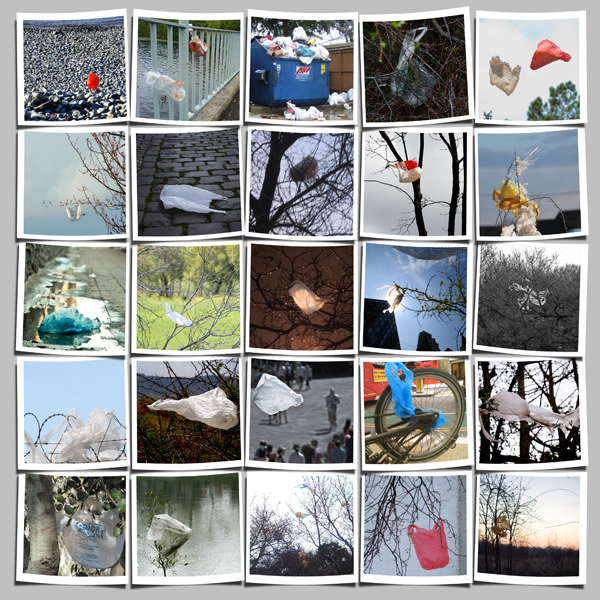California artist Marina DeBris transforms the trash she finds on the beach into “trashion,” wearable – and fashionable—clothes.
“When I moved here 14 years ago, I was disgusted by the amount of trash on the beach,” she recalls. Eventually she engaged with Heal the Bay and other environmental organizations to address the problem, because she says, “I love the ocean.”
DeBris began crafting trashion about a year ago, when Heal the Bay asked her to dress a mannequin to display at the opening of Santa Monica Marketplace. She made that piece, titled “White Trash,” from the “most prevalent things” she finds when she walks the beach, including: cigarette lighters, bottle caps and straws.
“I saw ‘White Trash’ as a great opportunity to represent Heal the Bay and get the public to think about how they know all of these items,” she says.
Her latest trashion collection features what DeBris calls “The Bag Lady,” a dress comprised entirely of plastic bags. “I don’t clean the items,” she says. “So the bags on this dress have already gone through the ocean and have been sitting in the sun for a long time. It’s rather disgusting.”
And that, she says, is her favorite compliment to receive: “That’s beautiful…and disgusting!”
Watch this video for a trashion show of DeBris’ latest work, made from ocean-bound litter.
Want to help end the scourge of plastic bags? Help Heal the Bay pass a statewide ban in California. Take action.



